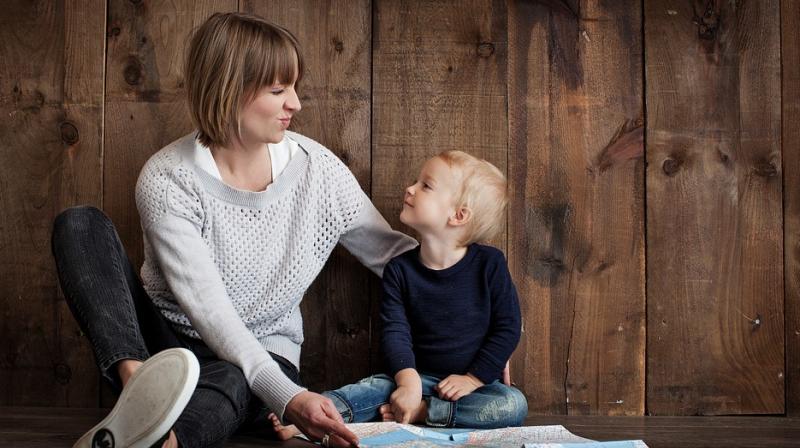Alleviate your child’s night time fears with these tips
Several children wake up in the middle of the night with irrational fears. Here’s how you can help them soothe the fears.

At around the age of three, children start getting nightmares and end up getting up in the middle of the night. The parents then have to tend to and pacify the child and it results in loss of sleep for the child as well as the parents.
Less sleep means the both parent and child end up being cranky the whole day. This is the age when the nightmares start as it is when their imaginations start taking off. They don’t have a firm grasp on the difference between fantasy and reality and this translates into irrational fears. Monsters from the TV suddenly appear under the bed or dragon from the fairytale will suddenly be lurking in their bathrooms. These fears emerge only at night when the lights are off and the parents are asleep.
The best way to get your child over these fears is by living through them and making them experience it. That way, they will know the fears are unfounded. A good example is when a child is going to school for the first time. The child may scream and cry for the first few days but when they see that there is nothing to be scared of, their fears subside.
Empower your child with tools of courage and confidence to master these fears. Research shows that allowing he child to sleep on their own as young as possible is beneficial. It promotes ‘positive stress’, the kind that helps them develop coping mechanisms. Some other strategies parents can employ to alleviate the child’s fears are the following:
Talk to your child about their fears. Use the ‘thinking brain’ rather than the ‘worry brain’. It helps your child ration out their fears and see that there is really nothing to be scared of. Sometimes our brains trick us into thinking that we have to be afraid of something when in reality we are completely safe and nothing to worry. Putting concepts into categories can be helpful for young children. It helps them make sense of complex thoughts.
In your routine tucking your child in, include going through a list of their worries. Help them problem-solve on their own but with your assistance. If the child is scared of the dark, put a night light in the room. If he sacred of things under his bed, show him that there is nothing to be scared of. This gives the child control over their fears.
Adopt the concept of ‘loveys’. If they are attached to a particular object like a teddy bear or a blanket, help them make positive associations with it. It is helpful for them to cope with stressful situations. They help reduce bedtime fears considerably by having the ‘lovey’ close to them. It also helps with separation anxiety.

